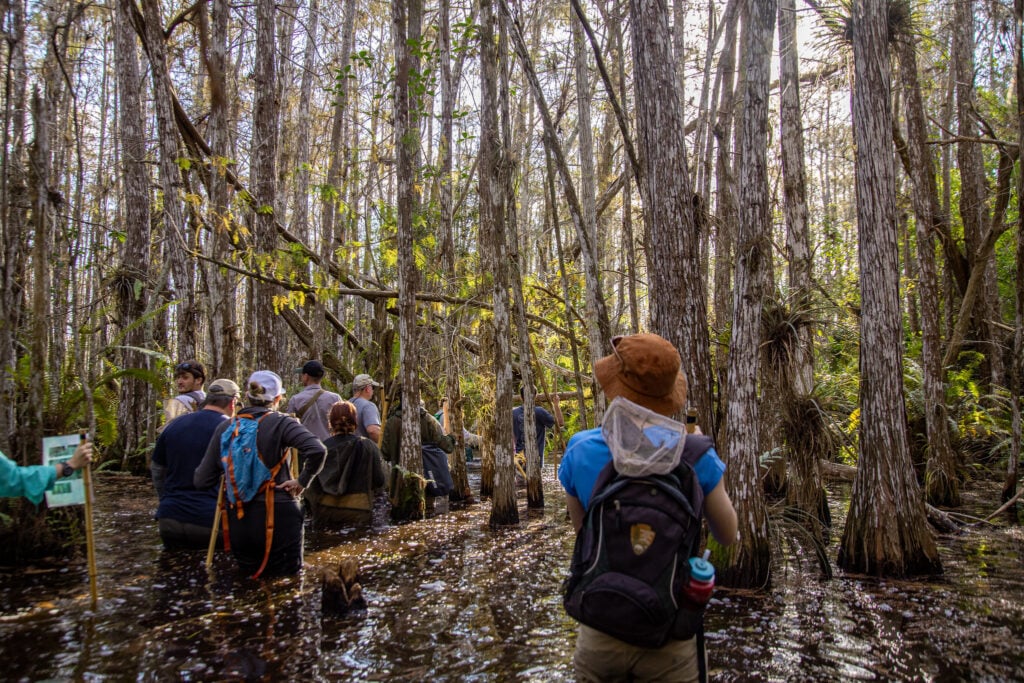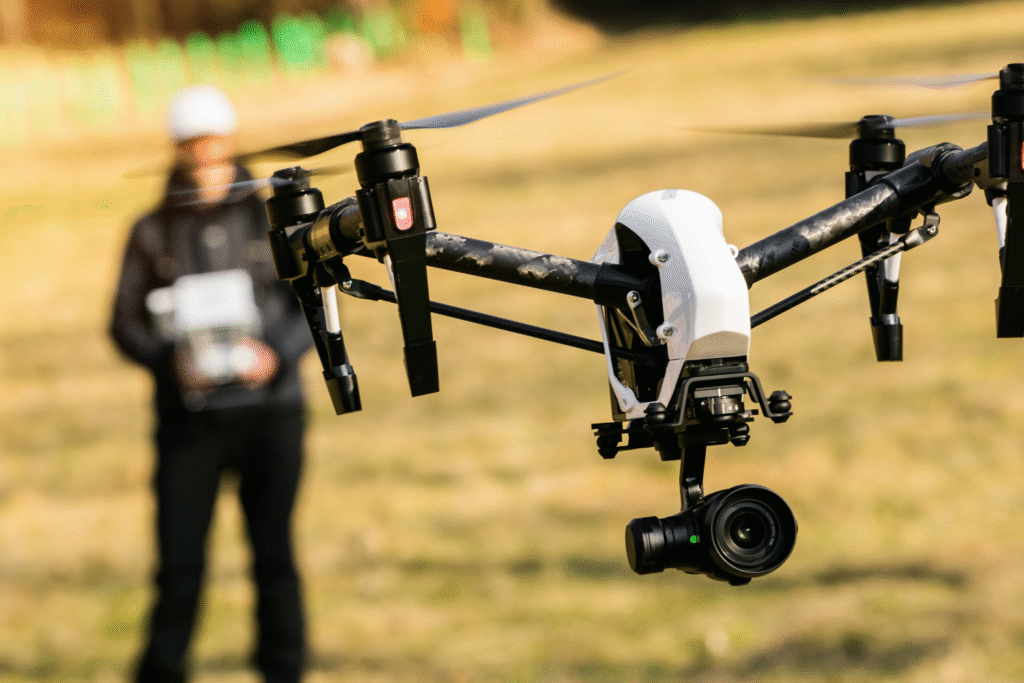Eyewitness accounts stir fresh debate among researchers.

For decades, Bigfoot stories have echoed through the forests of Pennsylvania, whispered at campfires and dismissed by skeptics. Yet a recent report from Central Pennsylvania has given the old mystery new life. A detailed eyewitness account, physical impressions found in dense woodland, and the involvement of seasoned field investigators have elevated this particular sighting from rumor to research. Experts are reevaluating the evidence with advanced tools and new interest. In a state rich with folklore and wilderness, the possibility that something extraordinary could still be hiding in plain sight feels more tangible than ever.
1. A hunter’s strange encounter reignites Bigfoot curiosity.

In October, a lifelong hunter from Centre County claimed he saw a large, upright creature near Black Moshannon State Park, describing it as over seven feet tall with dark, matted hair and unusually long arms. His calm demeanor and decades of experience in those woods gave weight to his story. Footprints and a snapped tree limb were later examined by members of the Pennsylvania Bigfoot Society. As reported by the Centre Daily Times, this single event has rekindled debate about similar sightings in the region, drawing renewed attention from both believers and skeptics alike.
2. Experts collected physical evidence that challenged assumptions.

Field researchers reportedly discovered a set of unusually deep impressions in muddy ground not far from the original sighting. Casts were taken, and hair samples were sent for testing. The prints appeared to show midtarsal flexibility, a feature not found in human feet. While the evidence remains under analysis, the findings have raised cautious optimism among cryptozoologists. According to the Pennsylvania Bigfoot Investigations Team, the depth and spacing of the tracks suggest something far heavier and more powerful than a person could create in that terrain. The investigation continues with quiet but growing attention from regional experts.
3. Local residents reported hearing unsettling sounds at night.

A week after the sighting, several residents in nearby Philipsburg described deep, echoing howls that rolled through the forest after midnight. The noises were compared to primate calls, though no known animal in the area fits that profile. As stated by WTAJ News, wildlife officials confirmed no bear or coyote activity was reported during that time, adding more mystery to the event. Conversations spread quickly through town, and even the most skeptical locals admitted that something unusual had happened. It created a sense of nervous fascination that hasn’t quieted down since.
4. Historical records hint this region has seen similar events.

Long before the latest encounter, Pennsylvania’s backcountry had a reputation for strange sightings. Nineteenth-century newspapers mentioned “wild men” seen along ridgelines and remote trails, often near logging areas. The folklore survived through families and hunting communities, where tales were told as warnings or jokes. Now, historians are revisiting those old reports to compare descriptions and timing. What’s surprising is how consistent the patterns appear over time, suggesting that the same type of phenomena might have persisted across generations, blending history, culture, and curiosity into one enduring mystery.
5. New technology is giving investigators better clarity.

Thermal imaging, drone surveillance, and sound spectrum analysis have changed how these cases are handled. Modern researchers can track environmental data, detect heat signatures, and record sounds at frequencies beyond human hearing. That shift has made investigations more data-driven than anecdotal. In the Pennsylvania case, specialists used drones to scan the tree canopy for movement, capturing faint signatures that didn’t match any known species in the region. While inconclusive, these efforts show how old legends now meet modern science in a strange and fascinating partnership that continues to evolve.
6. The area’s dense geography makes hiding surprisingly possible.

Central Pennsylvania’s forests are vast, rugged, and underexplored. Between the Allegheny Plateau and numerous state game lands, thousands of acres remain rarely visited. It’s the kind of terrain that could easily conceal large wildlife, and that’s part of the intrigue. Ecologists often note that even known animals like mountain lions are occasionally spotted despite official claims of their absence. For some, that makes the Bigfoot theory less far-fetched. The landscape itself seems to cooperate with mystery, swallowing evidence in thick brush and endless miles of silence.
7. Skeptics continue to urge caution with every new claim.

Despite the mounting interest, professional scientists remain careful about drawing conclusions. Misidentifications, hoaxes, and wildlife anomalies have often fueled similar stories before. Yet what makes this case unusual is the consistency among witnesses and the professionalism of those collecting data. Critics say that until verifiable DNA evidence emerges, no claim can be considered proof. Still, even skeptics admit that the eyewitness credibility and detailed fieldwork make this case more compelling than many before it. That balance between reason and wonder keeps the conversation alive.
8. Media coverage amplified interest across the state rapidly.

Once local news stations aired the hunter’s interview, the story spread quickly across Pennsylvania and beyond. Podcasts, regional papers, and online forums dissected every detail, speculating on motives and evidence. That surge of attention has driven more people into the woods with cameras and curiosity. It also created tension between private investigators and state officials who prefer to avoid sensationalism. Yet with every new report, the line between folklore and potential discovery grows thinner, showing how powerful storytelling can be when mixed with mystery.
9. The investigation’s results may arrive sooner than expected.

Laboratory testing on the collected samples is ongoing, and results could be released within the next few months. If the hair or soil analysis reveals anything unusual, it could redefine how the scientific community approaches future cases. Even if the findings are inconclusive, the process itself has elevated standards for how field evidence should be handled. Whatever the outcome, this Pennsylvania report has already reshaped how people discuss Bigfoot, turning a campfire legend into a methodical, carefully observed investigation that feels harder to dismiss with every passing week.
10. The story reminds us why mystery still matters today.

At the heart of every Bigfoot story lies a human fascination with the unknown. We crave discovery, the sense that something extraordinary might still share our world unseen. This case, with its credible witnesses and methodical follow-up, reignites that spark. It’s not just about proving Bigfoot’s existence, but about how wonder pushes people to keep searching. The forests of Pennsylvania hold many secrets, and maybe that’s the real point. Mystery, when pursued with open minds and steady curiosity, still has a place in modern science and storytelling alike.
